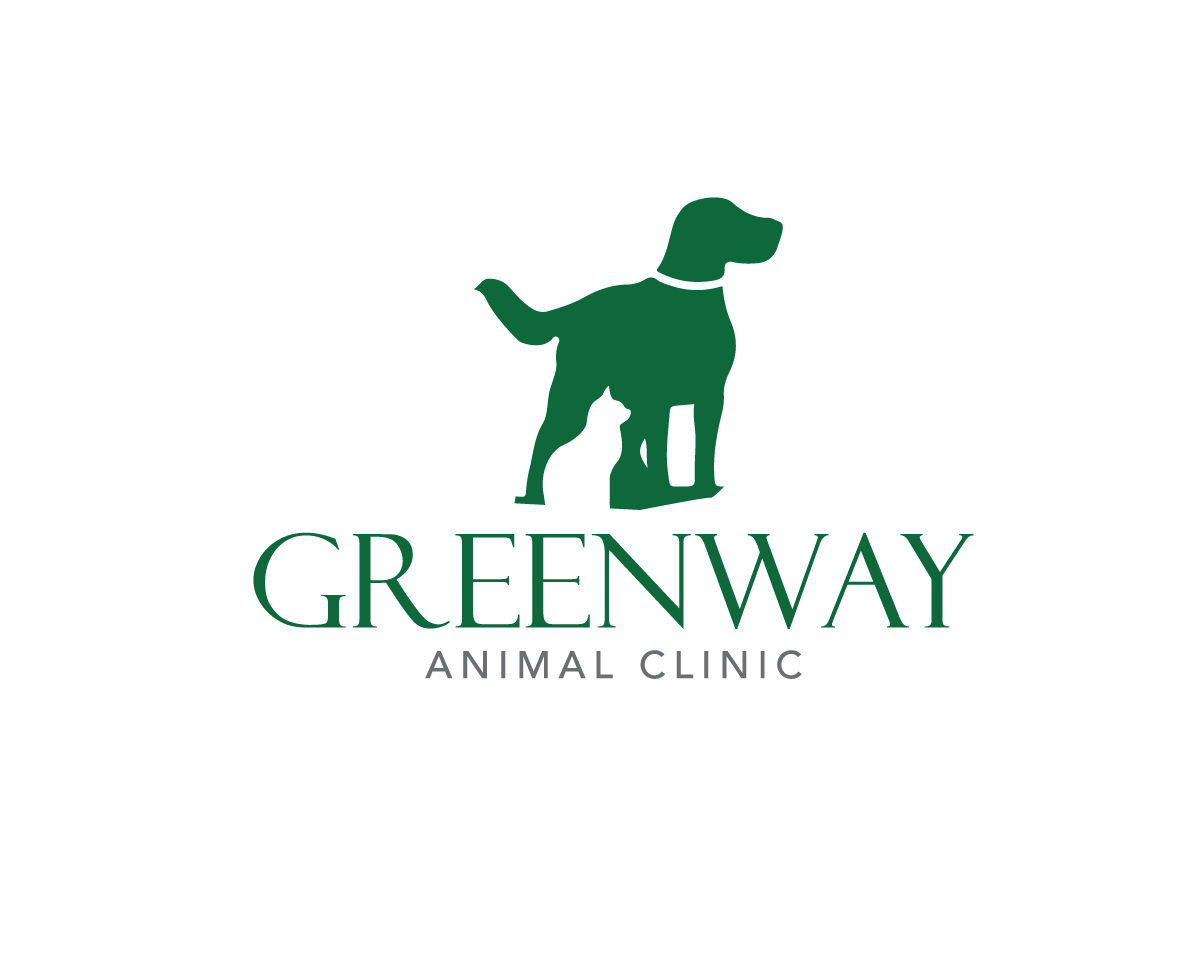Pet Health Library
-
Ivermectin is used for control of parasites in rabbits, guinea pigs and ferrets. It is used for control of roundworms and external parasites such as mites and lice.
-
The term jaundice describes a yellow discoloration of the skin. This can most easily be appreciated by looking at the whites of the eyes, and the mucous membranes (ie the third eyelids and gums).
-
Kaolin and pectin are used to treat diarrhoea. They may also be used to relieve the symptoms of an upset stomach and nausea.
-
Ketoprofen is a non-steroidal anti-inflammatory agent used to relieve pain and inflammation. Your veterinarian may prescribe ketoprofen to reduce pain in arthritis.
-
In addition to removing soluble waste products from the body, the kidneys help to regulate water balance and also produce erythropoietin, a hormone which controls red blood cell production in the bone marrow. With kidney disease erythropoietin production is often decreased which can result in chronic anaemia.
-
Socialisation is the process by which the kitten learns about its own identity, the identity of its own species and the identity of the other species with which it will share its life. Appropriate socialisation enables the kitten to go on to develop relationships with other living beings in its environment.
-
This is a disease caused by a protozoan (single celled) parasite found in dogs and certain rodents in many part of the world. Thankfully the disease is exotic to Australia (foreign) and our isolation and quarantine have afforded us protection from this disease. A type of tick, Rhipicephalus sanguineus is widespread in Australia and this may act as a vector for the disease if it gains entry to our shores.
-
Levothyroxine (also called Thyroxine) is used to treat low thyroid levels. This medication belongs to the general group of medicines called hormones.
-
Liquid paraffin is a laxative used for the treatment of constipation. Paraffin in the form of a paste is used for control of 'fur balls/hair balls' in cats.
-
Icterus is the accumulation of yellow pigment in the blood and tissues. It is one of the most dramatic features of liver disease and is clinically recognised as jaundice.

